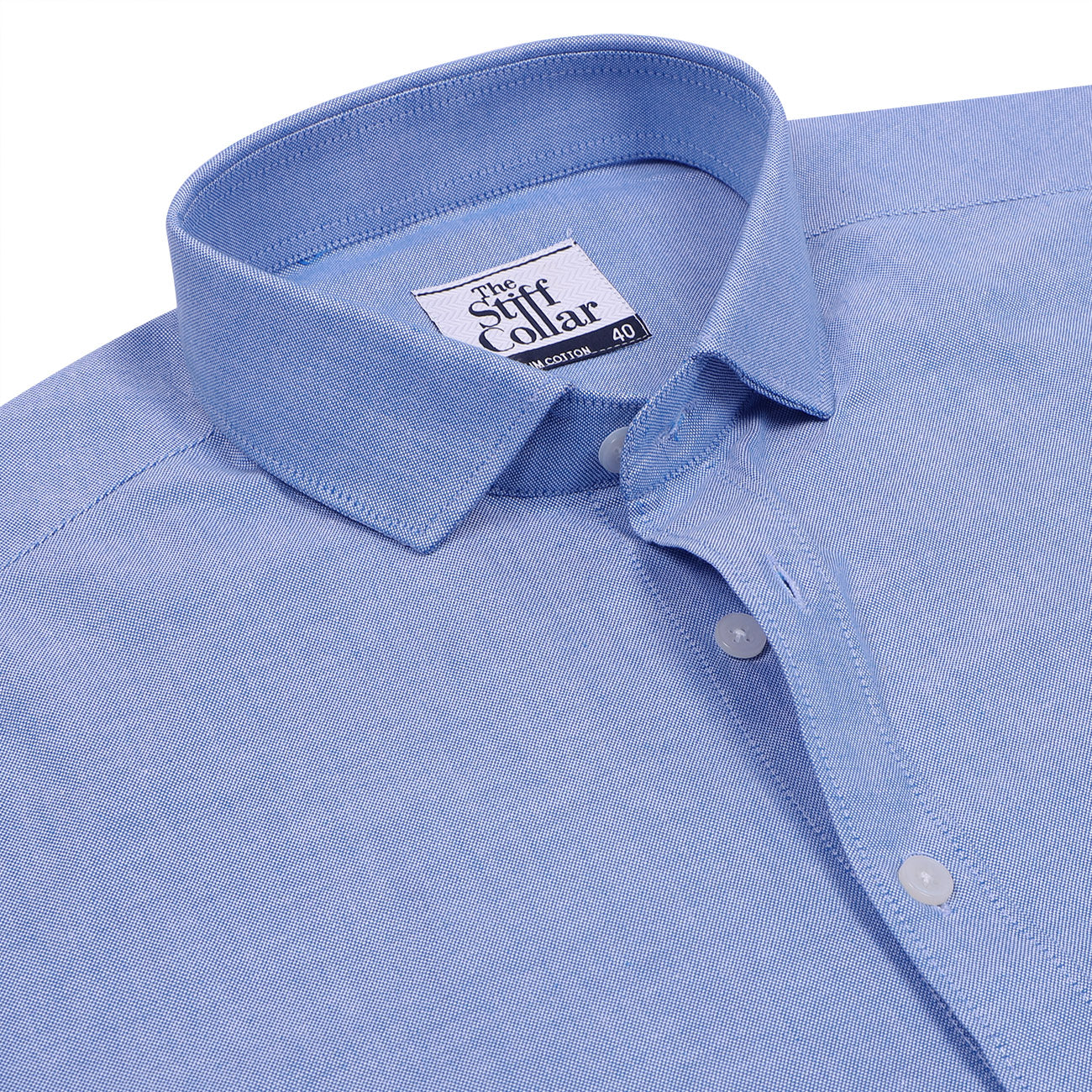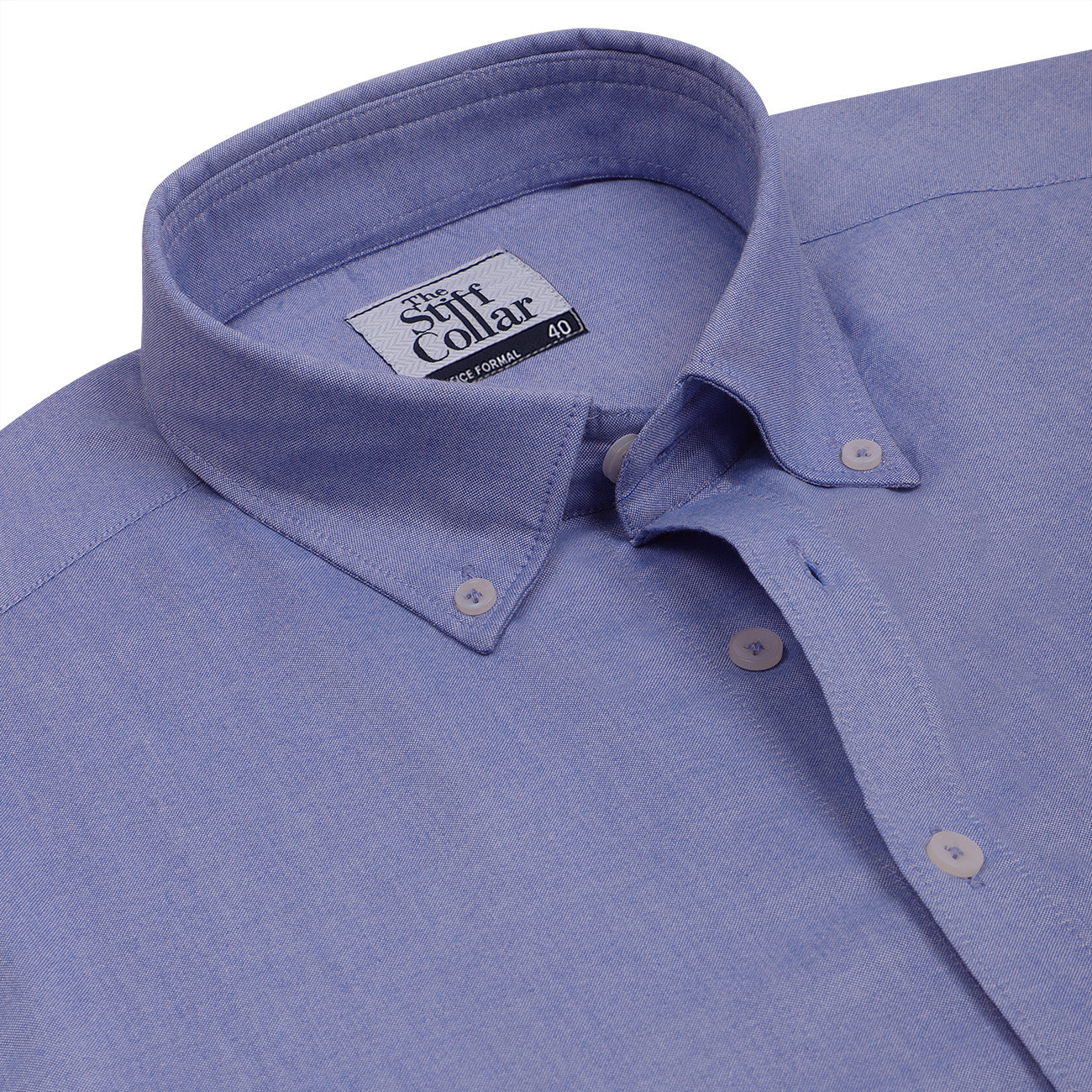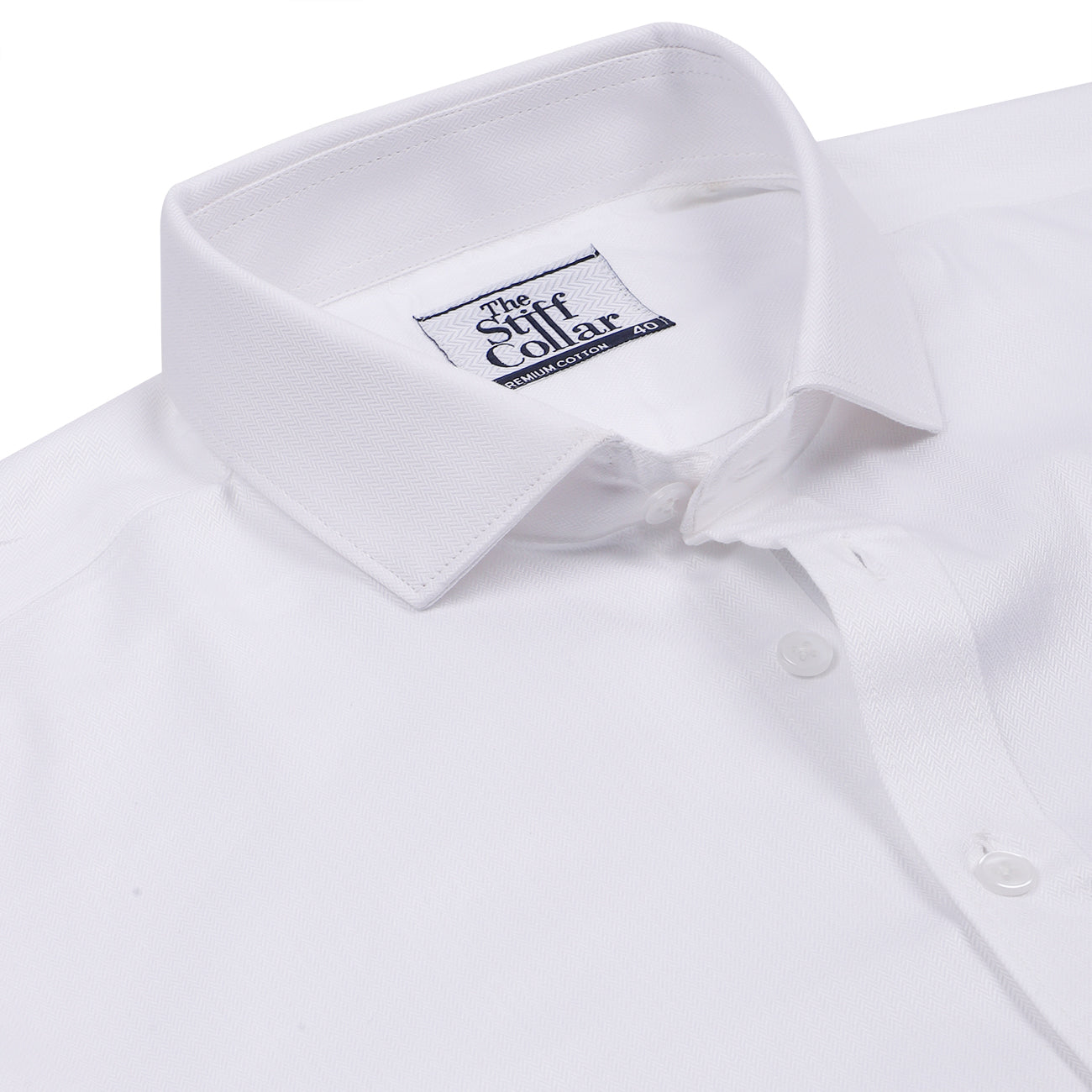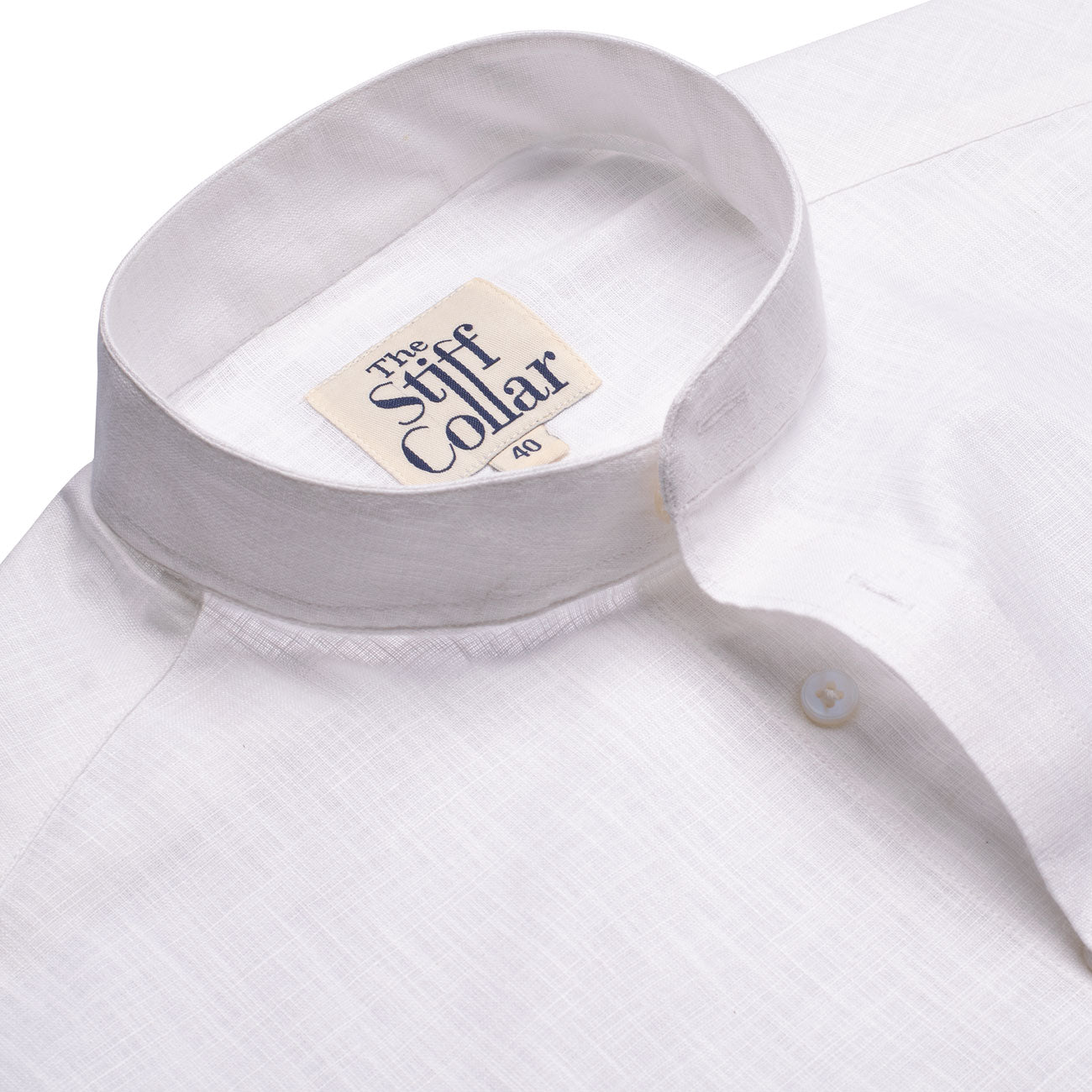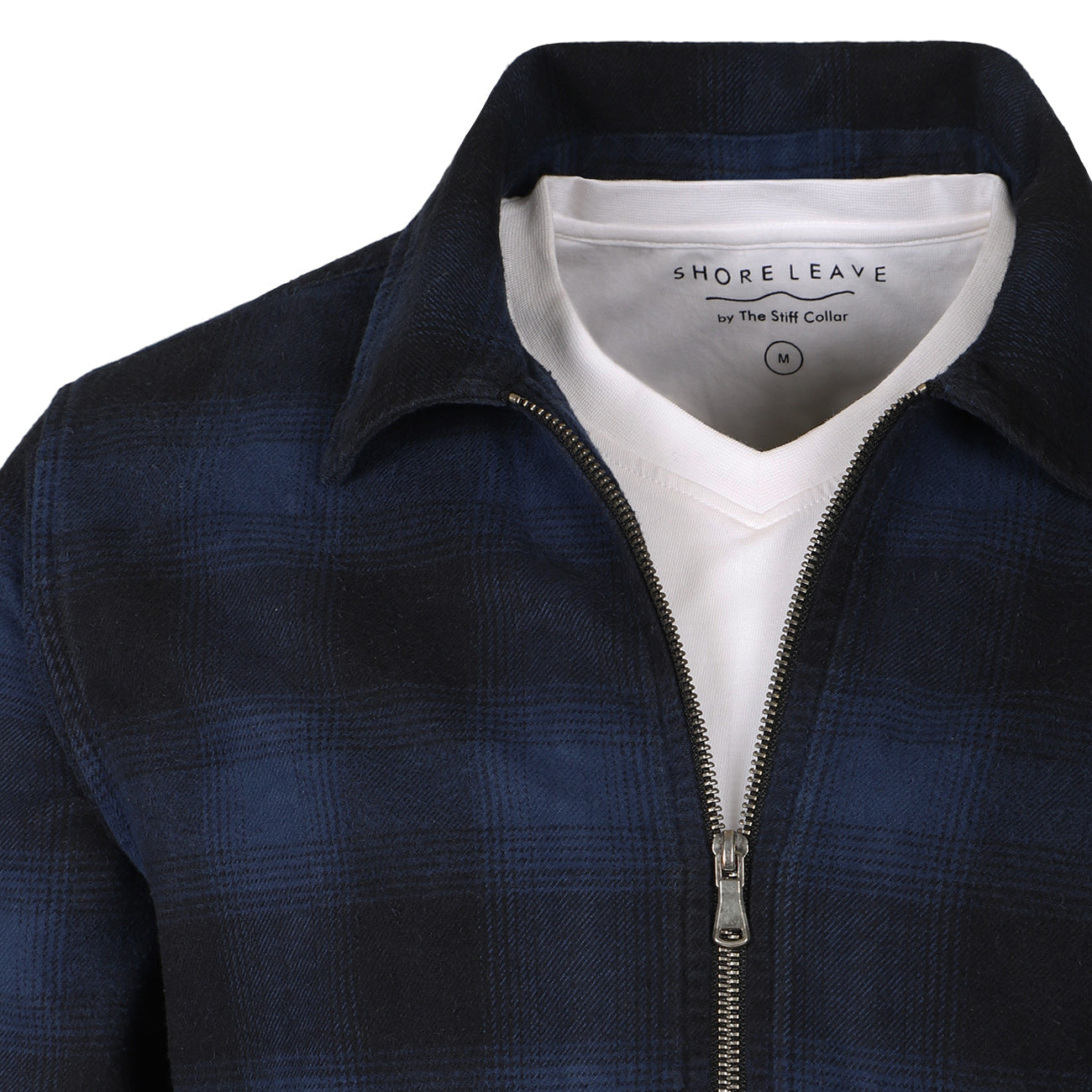Before we begin our comparison of linen and linen blended fabrics, let’s first acquaint ourselves with the two materials. Linen refers to 100% pure linen, a material created using the inner stem fibres of a plant called Flax. The flax plants are harvested after around 100 days of growth, the seeds and leaves separated from the stalks which are then dried. After drying, the outer fibres of the stalks are removed, leaving only the usable inner stalk fibres. These then go through a process of spinning which results in the long strands of linen thread which we use for weaving linen fabric.

Benefits of pure linen:
- A lightweight material that dries quickly - ideal for humid conditions
- Breathable and cooling - ideal for hot climates
- Highly durable due to its strong fibres
- A sustainable natural resource
Disadvantages of pure linen:
- Slightly stiff feeling
- More costly than cotton
- Creases easily
Linen blended fabric refers to a type of linen which has the addition of a certain percentage of cotton. Unlike linen, which is harvested from stem fibres, cotton threads are produced by harvesting the boll (the protective casing that holds the seeds of the cotton plant). These fibres are generally softer and more pliable. The percentage of cotton added to a linen blend fabric varies, depending on the desired usage of the fabric - it can be as low as 5% or as high as 70%.
Benefits of blended linen:
- Improved softness and wearability if used for garments
- Less prone to creases and more supple
- Less costly than pure linen
- Combines the best of both linen and cotton
Disadvantages of blended linen:
- Slightly heavier weight due to the cotton component - therefore less breathable
We hope you've gained some insight through this article, and are now better positioned when looking to buy linen/linen blended shirts.
Simply search for 'linen' on our site to view our range of linen blended shirts.

